Language
WORLDWIDE SHIPPING
F. DICK SM-130 wet belt grinding machine with water
€1,809.00
€1,482.79
Availability:
In stock
F. DICK SM-130 water belt sharpener and polisher.
With the F. DICK SM-130 it is possible to professionally sharpen all knives and machine blades, as well as tools.
It consists of two stations: the water-cooled abrasive belt for sharpening the knives and the polishing disc for subsequent polishing of the edge.
With this machine it is possible to professionally sharpen all knives and
machine blades, as well as tools. It is made up of two stations: the abrasive belt for
the sharpening of the knives and the polishing disc for subsequent polishing of the edge.
The F. DICK SM-130 sharpener is suitable for all sharpening needs - in crafts or industry, in the food sector or in professional sharpening services.
The F. DICK SM-130 sharpener convinces with its silent operation thanks to the low vibration and noise motor and is very robust and reliable.
On the long abrasive belt it is possible to create a new convex sharpening quickly and respectful of the material. Water cooling prevents the wire from overheating and binds sharpening dust.
On the 1,000 mm long and 50 mm wide sanding belt, a new convex sharpening can be achieved quickly and in a material-friendly manner.
Thread damage can be eliminated very easily.
The water cooling prevents the wire from overheating and at the same time binds the sharpening dust.
The construction of the machine allows for complete sharpening of the entire blade - from handle to tip.
The edge can be sharpened and polished on the polishing felt. In this way the edge is refined and the knives and tools are made extremely sharp.
With sharp knives, daily work is simplified, productivity and safety at work increase and thus the quality of work also increases. Precision-sharpened knives reduce friction - so the cut is clean and the blade slides effortlessly through the food being cut.
Sanding belt: 1,000 x 50 mm
Polishing disc: 200 x 25 x 16 mm
Voltage: 1~230V / 50Hz
Connection value: 0.3 kW
Speed: 1,500 1/min
Shipping time: 7-8 days
FAQs

 IT
IT FR
FR
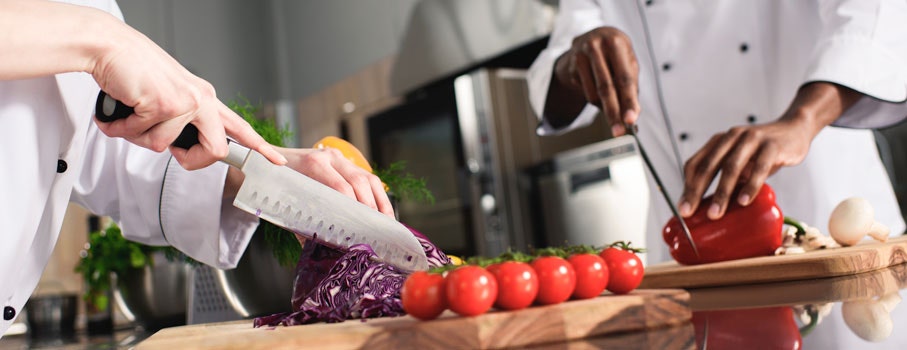
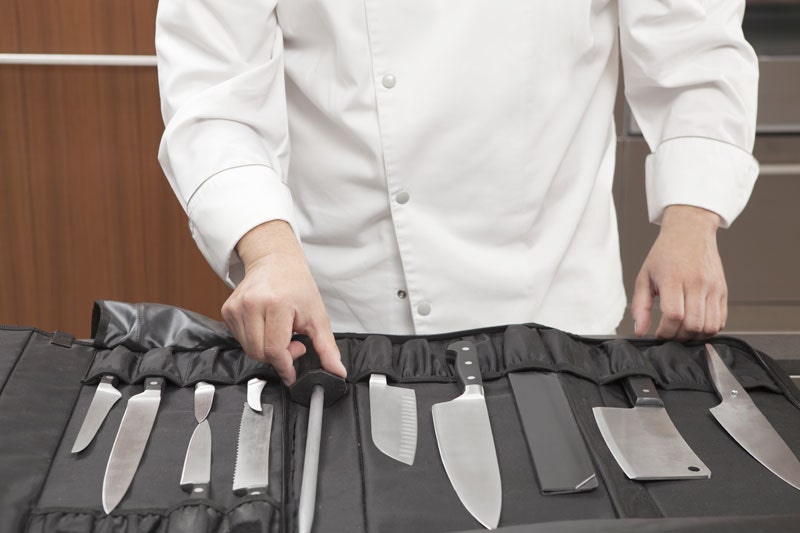
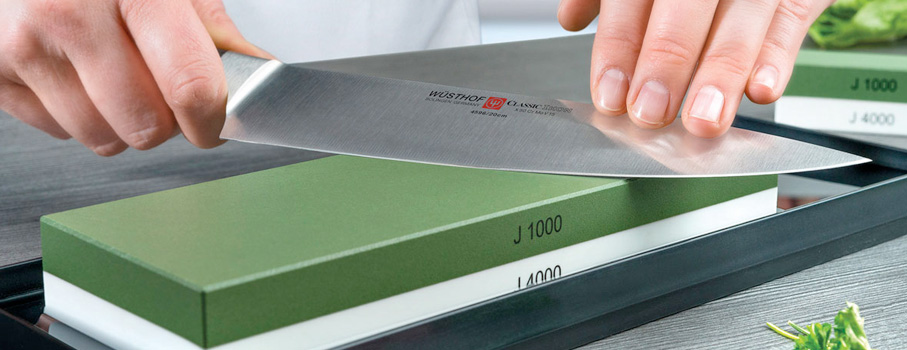
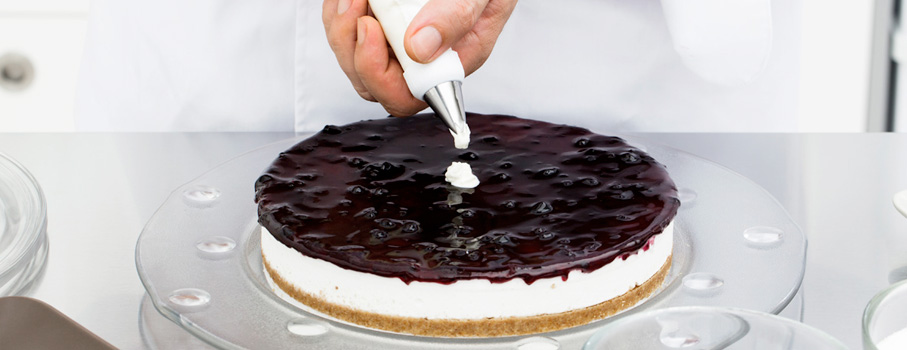

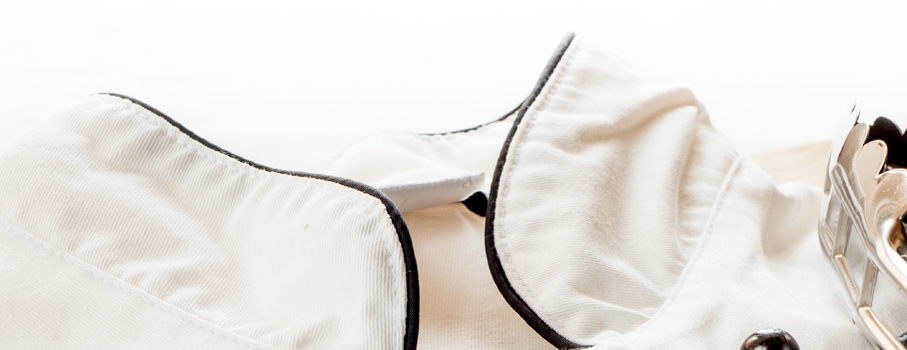
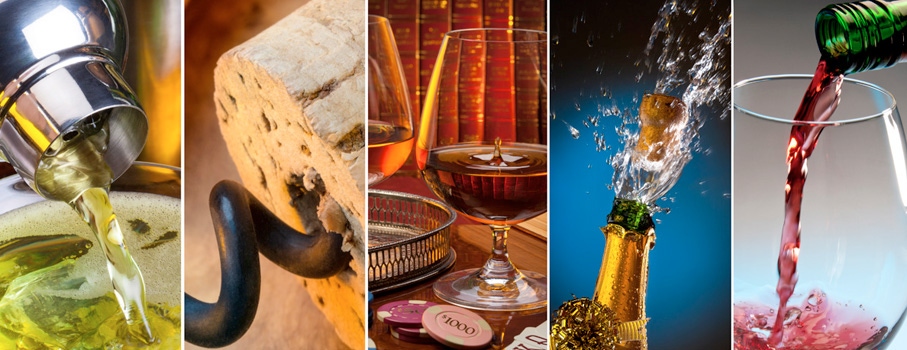
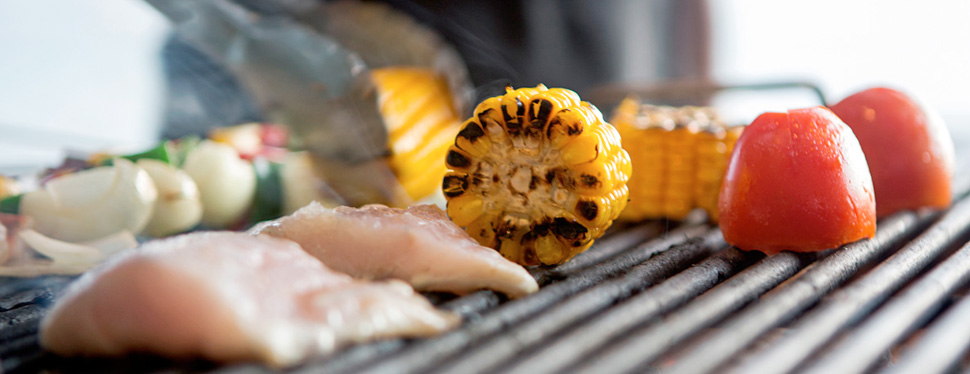

 IT
IT FR
FR
